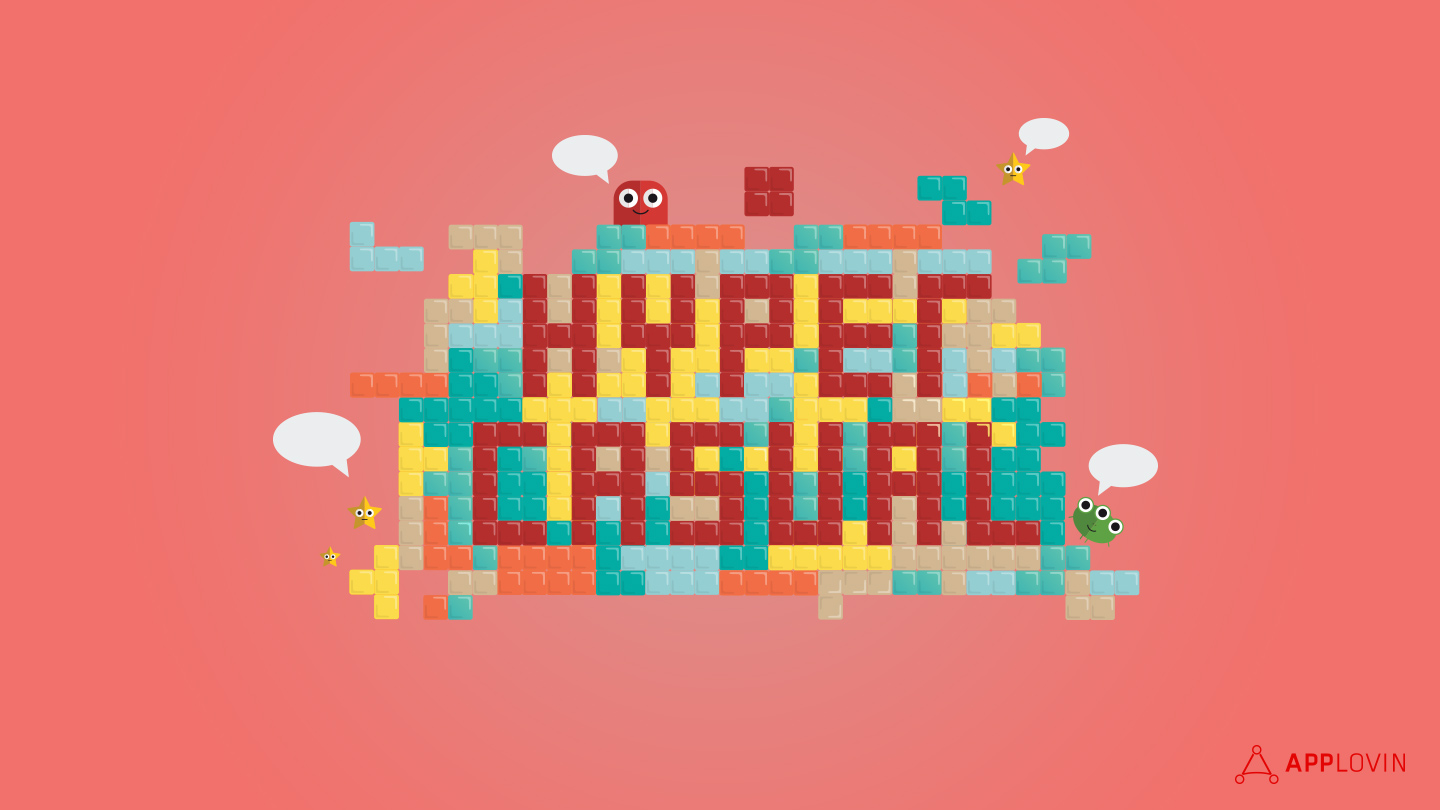Gaming, Industry News & Events
Zynga’s acquisition of Gram Games proves hyper-casual gaming is a force to be reckoned with
May 31, 2018

Gaming, Industry News & Events

Over the past few years, we’ve noticed a rise in ultra-simple games climbing up the app store charts. We realized that these games were redefining our understanding of mobile game genres and they needed a new name. In early 2017, we dubbed it hyper-casual, mobile gaming’s latest genre, and ran a three-part series on PocketGamer.biz explaining the unique attributes of hyper-casual games.
As a quick refresher, hyper-casual games are lightweight, instantly playable games that are often addictive because sessions are short and there’s no need for complicated onboarding. Hyper-casual games are primarily monetized via ads, with some blending in-app purchases into the mix, leading to a predictable monetization curve.
As time went by, we saw more and more of these games dominate the Top Free charts in both the App Store and Google Play. We predicted earlier this year that hyper-casual games will lead a shakeup in the top app charts in 2018 and today’s news that Zynga purchased Gram Games for $250 million shows that big players in the mobile industry are finally noticing hyper-casual’s potential.
Gram Games’ acquisition is just the latest move in the mobile gaming industry that validates the success of hyper-casual games. In September 2016, hyper-casual game studio Ketchapp, most known for its game 2048, was acquired by gaming giant Ubisoft. Just yesterday, news broke that hyper-casual game studio Voodoo raised $200 million from Goldman Sachs to develop a publishing hub for mobile game developers. Any doubt about whether or not hyper-casual games are here to stay is now gone.
“The acquisition of Gram Games by Zynga, in addition to Goldman Sachs’ recent $200MM investment in Voodoo, validate not only the success of hyper-casual games, but also the global opportunity for ad-monetized mobile games,” says Johannes Heinze, Managing Director, EMEA at AppLovin. “We have worked with Gram Games for years and we have been able to witness their transformation as an indie studio to a titan in their field.”
The mobile games industry has changed immensely since the App Store was created almost a decade ago. Gone are the days when users were willing to pay several dollars for a mobile game. Thanks to the Angry Birds franchise, there was a race to the bottom for mobile game pricing, which became unsustainable over time. As a result, the rise of ad-monetized games began.
First, free-to-play games—a genre that was initially primarily driven by in-app purchases and in-game economies—became the norm. However, as the mobile games industry evolved, it was evident that free-to-play games that focused entirely on in-app purchases were primarily “whale”-driven, which meant they relied on just a handful of dedicated players spending a lot. This was risky, as developers would be at the mercy of a small subset of players. This is when ad monetization really took off. Unlike games that relied on in-app purchases for monetization, ad-monetized games could scale massively, distributing revenue generation across thousands of users instead of a handful of whales.
As we predicted at the beginning of the year, 2018 will be the year that hyper-casual games will shake up the app store top charts. As of this writing, hyper-casual games like Draw In, Sling Drift, Love Balls, Rise Up and Helix Jump hold the 1st, 2nd, 3rd, 4th, and 6th positions in the Top Free chart for the App Store.
The secret about hyper-casual is out, and as a result, competition will be fierce. And since hyper-casual games are so simple, expect to see copycats of popular hyper-casual games. Even with these challenges, it’s clear hyper-casual games are here to stay and will influence the rest of the mobile gaming industry.
“This just the beginning,” says Heinze. “It will be very interesting to see how the mobile games market evolves over the next 12 months as more games embrace ad monetization exclusively.”